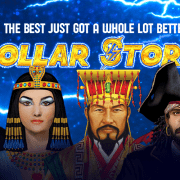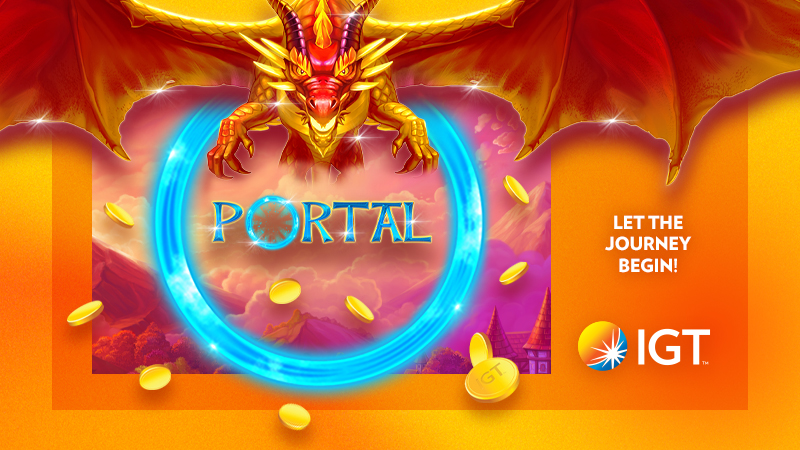CHATGPT: A POWERFUL TOOL FOR WRITING MARKETING ARTICLES…MAYBE!
If you are looking for a way to create engaging and informative content for your marketing campaigns, you might want to consider using ChatGPT, an AI chatbot developed by OpenAI. ChatGPT is a language model that can interact in a conversational way, answer questions, provide suggestions, and generate content based on an instruction in a prompt. In this article, we will explore the advantages and disadvantages of using ChatGPT to write marketing articles.
Advantages of ChatGPT
ChatGPT can save you time and effort by writing high-quality content for you. You just need to provide a topic, a keyword, or a question, and ChatGPT will generate a relevant and coherent article for you. You can also ask ChatGPT to rewrite, improve, or optimize your existing content.
ChatGPT can help you create original and diverse content that can attract and retain your audience’s attention. ChatGPT can generate content in different styles, tones, formats, and languages, depending on your preferences and needs. You can also ask ChatGPT to create content such as poems, stories, code, essays, songs, celebrity parodies, and more.
ChatGPT can help you research and present information from various sources. ChatGPT can perform web searches when you are seeking information (explicitly or implicitly) and provide factual statements with references to the search results. ChatGPT can also leverage information from multiple search results to respond comprehensively and cover multiple aspects in depth.
Disadvantages of ChatGPT
ChatGPT is not perfect and sometimes makes mistakes or writes nonsensical answers. You should always check and verify the accuracy and quality of the content generated by ChatGPT before publishing or using it. You should also be aware of the limitations and biases of the data that ChatGPT was trained on and avoid using it for sensitive or controversial topics.
ChatGPT is not a substitute for human creativity and expertise. ChatGPT can only generate content based on what it has learned from its training data, which may not reflect your specific goals, audience, or brand identity. You should always use your own judgment and intuition to edit and refine the content generated by ChatGPT and add your own voice and personality to it.
ChatGPT is not free and has usage limits. You need to sign up for an account at chat.openai.com and pay a monthly fee to use ChatGPT. You also have a limit on how many conversations you can have with ChatGPT per month, and how long each conversation can last. You should plan your usage accordingly and optimize your prompts to get the most out of ChatGPT.
Conclusion
ChatGPT is a powerful tool that can help you write marketing articles faster and easier. However, it is not a magic solution that can replace human writers or marketers. You should use it as a helper, not a master, and always check and edit the content generated by ChatGPT before publishing or using it.
Reality Vs AI
The entire article above, including the title, story pointer and the sources listed below, were all written using Bing’s AI Chat. Like ChatGPT, Bing’s AI uses tech from OpenAI which is free to any Microsoft customer but with the number of questions you can ask it limited per session and per day. (ChatGPT is charged on a monthly plan).
I prompted it with the question “Write a blog article outlining the advantages and disadvantages of using ChatGPT to write marketing articles”. Frighteningly, it took around 20 seconds to write. I can adjust the article from there and add a more business-like or more creative voice, or change a final paragraph, but for this exercise I have left it as it was written by Bing AI.
As someone who writes lots of articles every week it is certainly a great place to start. But ….it is only a place to start.
You must ask considered questions or you get less satisfactory results. And the results can be formulaic, as in the article above, without much creativity and in-depth or nuanced discussion points.
By far the biggest issue, as a writer who has several academic qualifications, is that the sources are very basic, often from Wikipedia, or directly from product retailers websites and other writer’s material. Using sources such as these can get you into trouble. Wikipedia can be biased and has significant inaccuracies and using information directly from someone’s website without identifying the source is a copyright issue and not acceptable. Bing’s AI does at least give you the sources.
However, as a writer, the AI software does help to complete some basic research on a topic, and to prompt and assist in generating ideas and story angles. It can identify a few thoughts I can later use as a basic starting point for a well written, well balanced and well research article.
I find it to be a very effective “writers un-blocker”, giving me an opportunity to work through “white page syndrome” but it doesn’t mean I don’t have to do the real work.
Partially written by Justine Channing (Editor – The Drop)













